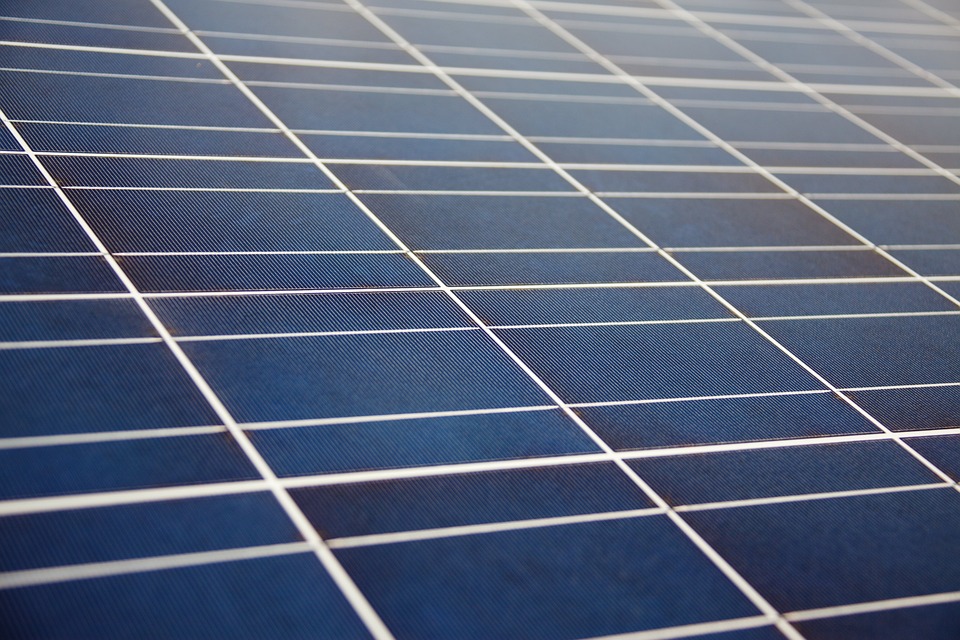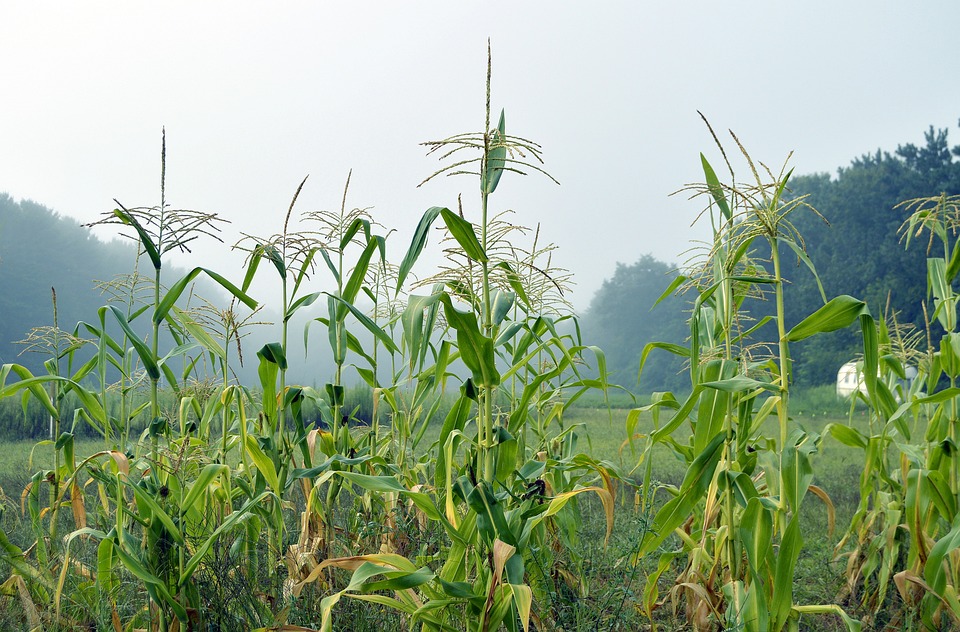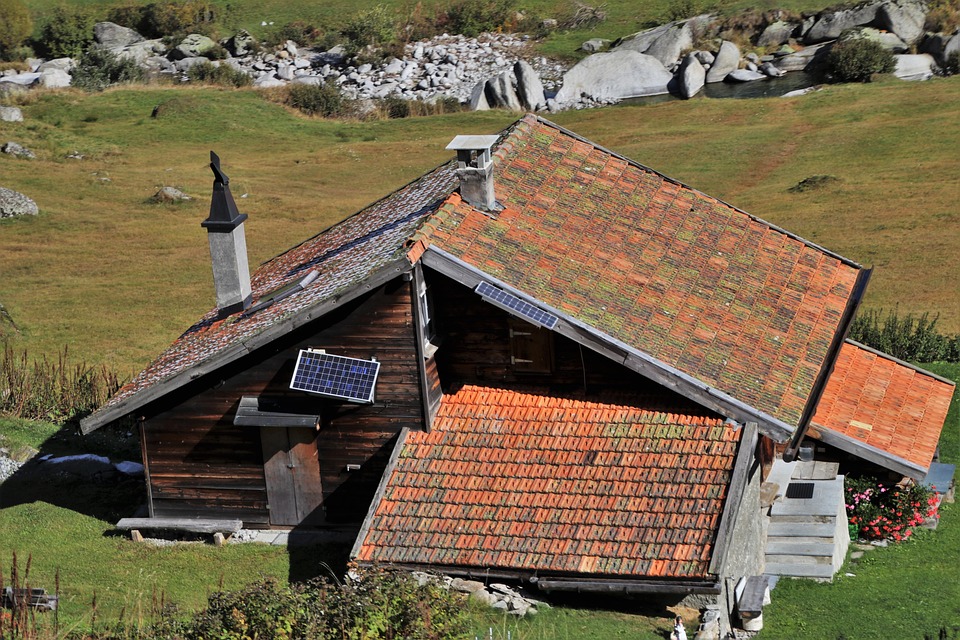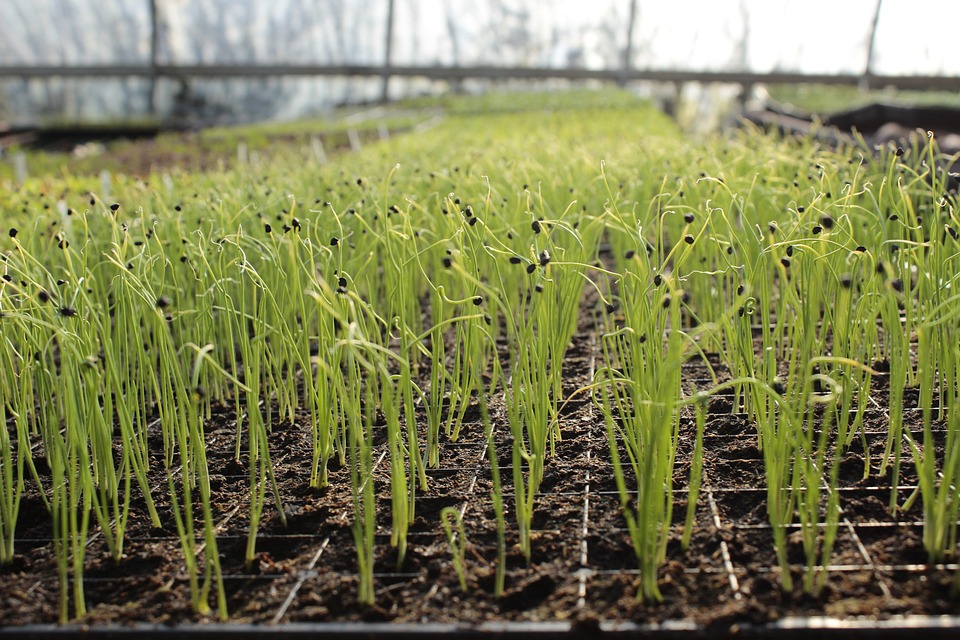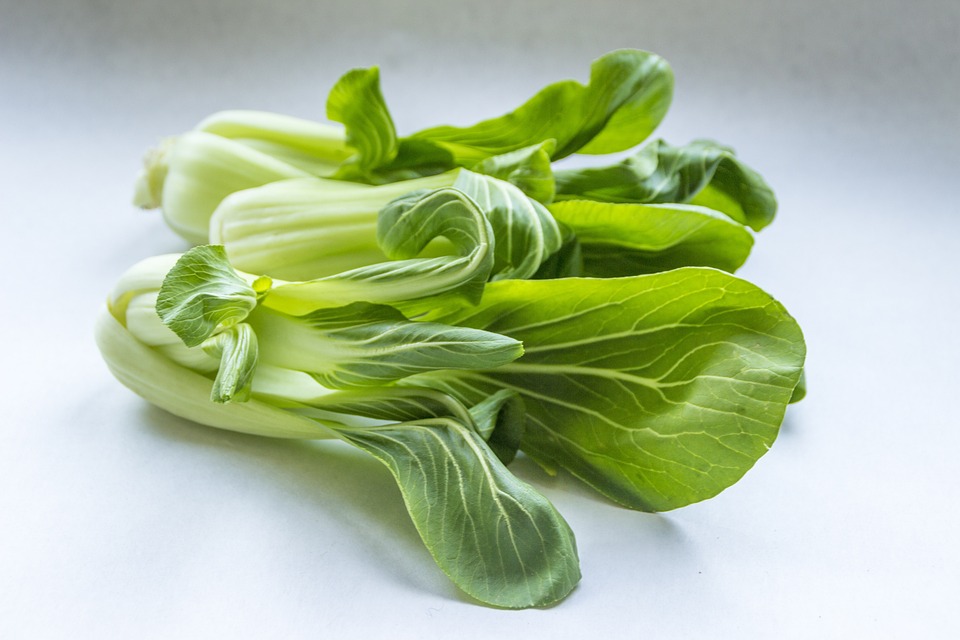Why Sustainable Farming is Key to Ensuring a Secure Food Supply
Have you ever taken a bite of a freshly picked, sun-ripened tomato from your own garden? There’s just something magical about growing your own food and enjoying the delicious, nutritious fruits of your labor. As a sustainable farmer and off-grid living enthusiast, I can attest to the joy and satisfaction that comes from cultivating your own food. But beyond the personal benefits, sustainable farming is key to ensuring a secure food supply for our future. In this article, I’ll delve into the importance of sustainable farming and gardening, and why it’s crucial for our food security. Sustainable farming is the practice of cultivating food in a way that is environmentally friendly, economically viable, and socially responsible. It’s about working with nature, rather than against it, to produce food that nourishes both the land and the people who consume it. This approach to farming recognizes the interconnectedness of all living things and aims to minimize the negative impact on the environment while maximizing the benefits. One of the key reasons why sustainable farming is essential for ensuring a secure food supply is its focus on preserving natural resources. By utilizing methods such as crop rotation, cover cropping, and agroforestry, sustainable farmers are able to maintain the health of the soil and reduce erosion, thereby ensuring the long-term productivity of the land. This is particularly important as our global population continues to grow, putting increased pressure on the limited agricultural land available. Moreover, sustainable farming practices help to conserve water and reduce pollution, creating a healthier environment for both people and wildlife. By using drip irrigation, rainwater harvesting, and natural pest control methods, sustainable farmers are able to minimize the use of water and chemicals while still producing bountiful crops. This not only protects the local ecosystem but also safeguards the quality of our water sources, which are essential for maintaining a secure food supply. In addition to environmental benefits, sustainable farming also plays a crucial role in ensuring food security by promoting food diversity. By growing a wider variety of crops and using heritage seeds, sustainable farmers help to preserve genetic diversity and ensure that our food supply is resilient in the face of climate change and other environmental challenges. This diversity also brings a rich tapestry of flavors and nutrients to our plates, enhancing both the culinary and nutritional value of our diets. Furthermore, sustainable farming is often practiced on a smaller scale, with a focus on local and community-based food systems. This decentralization of food production has numerous benefits, including reduced food miles, increased access to fresh, nutritious produce, and greater economic resilience for local communities. By supporting small-scale sustainable farmers, we can help to create a more resilient and secure food supply that is less vulnerable to disruptions in the global supply chain. Pro Tips: – Start small and gradually expand your sustainable farming efforts. It can be overwhelming to try and do everything at once, so focus on a few key practices and gradually incorporate more as you gain experience. – Connect with your local sustainable farming community for support and knowledge-sharing. There’s a wealth of wisdom and experience to be gained from connecting with like-minded farmers and gardeners in your area. In conclusion, sustainable farming is key to ensuring a secure food supply for our future. By preserving natural resources, promoting food diversity, and supporting local communities, sustainable farming offers a holistic and resilient approach to food production. Whether you’re a backyard gardener or a small-scale farmer, every effort towards sustainable farming makes a meaningful contribution to our collective food security. So, let’s roll up our sleeves and get our hands dirty – the future of food relies on it!


